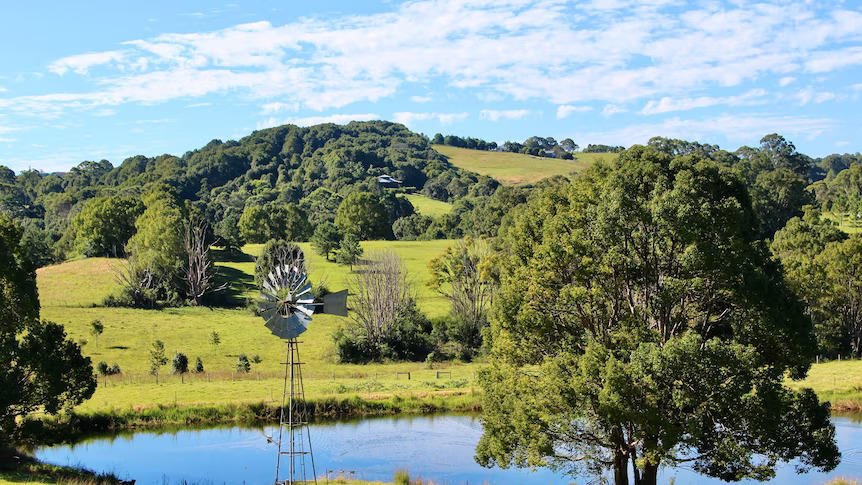Original publication by Avani Dias and Som Patidar for abc.net.au on 6 April 2022
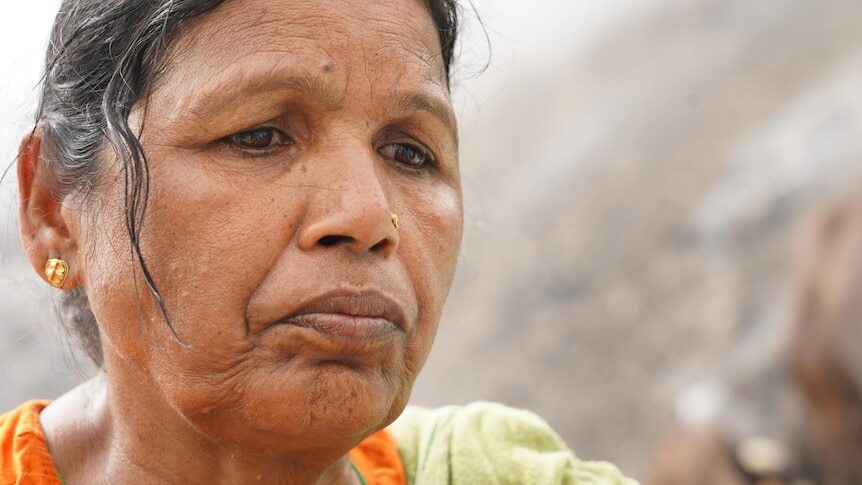
(ABC News: Som Patidar)
Every year, more than a billion people sweat their way through India and Pakistan’s dreaded heatwaves, which usually begin in late May.
But this year, something strange happened: The heat arrived early and it hit with devastating, sweltering force.
Some parts of India have seen their highest average temperatures for March and April since the country began keeping records 122 years ago.
The temperature in New Delhi this week has hovered around 40 degrees Celsius, with little relief at night.
Brutal heatwaves are not new in this region, but experts say this weather event is particularly worrying because of its early timing and spread.
The effects on the people living here have been profound.

(ABC News: Som Patidar)
Sunita lives and works on a rubbish dump in Delhi’s north that has been on fire for more than a week, spitting out toxic smoke while letting off a stench of burning plastic and rotting food.
She must carry on her work as a rubbish picker, packing up recyclable bottles from the smouldering landfill in the midst of the record-breaking temperatures.
“It is very difficult,” Sunita told the ABC.
“Our kids are very young. All of them are coughing and have pain in their heads.
“We are living here because we are forced to. If we do not work and live here then where will we go?
“We have suffered a lot of loss the last week.”
Climate change arrives on the subcontinent
Scientists say Sunita is experiencing firsthand a climate emergency, a situation numerous researchers have been warning for years may eventuate.

(ABC News: Som Patidar)
The heat is so severe it has prompted one climate expert to tell CNN it is “testing the limits of human survivability”.
Arpita Mondal, who researches climate-change-related weather events, said temperatures like this usually arrived in late May and June, just before a monsoon season cooled everything down.
“There is overwhelming evidence in the scientific community that climate change is playing a role in causing temperature extremes to be more frequent, more intense and more elongated,” Professor Mondal said.
“Climate change essentially involves a shift in the mean of the distribution of temperature, so what used to be a normal temperature of, let’s say, 30 degrees Celsius, the new normal because of climate change is, let’s say, 35 degrees Celsius.
“This essentially means that you have higher and higher chances of having extreme events, with increased magnitudes and more frequently.”
So what do those events feel like for the people living through them?
Deaths, health issues and a flaming pile of garbage
Sunita’s worksite in Delhi’s Bhalswa, a landfill taller than a 17-storey building that covers an area larger than 50 football fields, spontaneously caught fire on April 26.
Locals say landfill fires happen every year, but researchers have said the heatwave has been a catalyst for this blaze.

(ABC News: Som Patidar)
Three other landfills around the Indian capital have also caught alight during the record temperatures.
Sunita said the combination of the fire and the heatwave had been unbearable.
“It is very hot,” she said.
“We are not able to sleep at night, and if we turn on the fan then smoke comes inside the house.”
Pramod is the caretaker at a school next to the Bhalswa landfill site. One hundred and 10 students are enrolled there, mainly the kids of rubbish pickers like Sunita.
“We shut down our school because of smoke and to protect our kids from breathing problems,” he said.
“The windows of our school building also melted due to fire.”
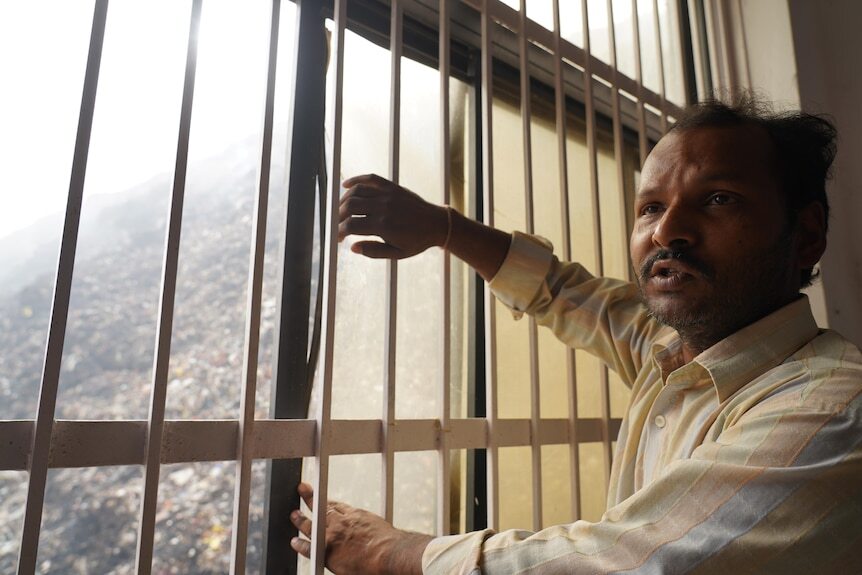
(ABC News: Som Patidar)
Researchers have long warned that the effects of climate change will create dangerous health threats, something already being felt across India.
“If certain climate thresholds are exceeded, it can be harmful for the body and even fatal,” Professor Mondal said.
“So this heatwave has really direct impacts on human and animal health.”
Doctors have reported an increase in hospitalisations of people with heat-related complications.
India’s western state of Maharashtra has seen at least 25 deaths believed to be related to the heatwave — the highest toll in five years.
Experts say it is likely there have been deaths in other parts of the country as well.
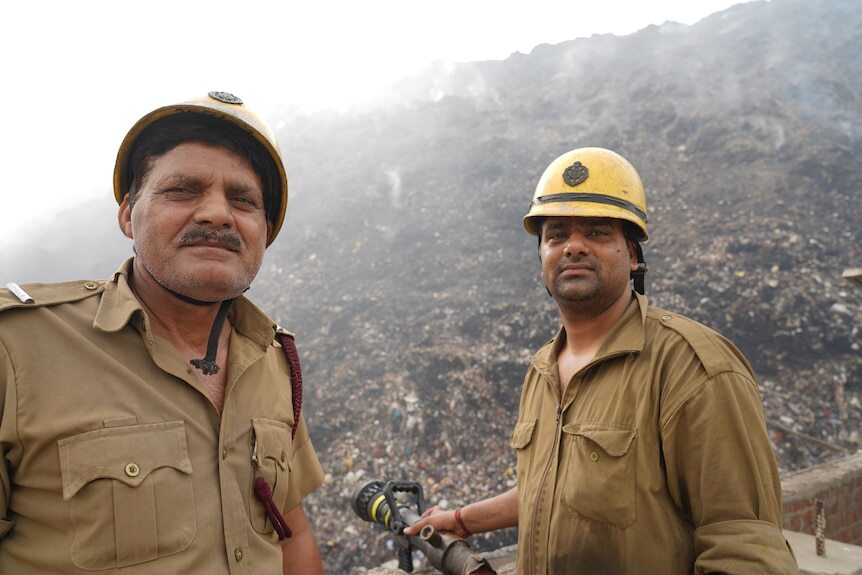
(ABC News: Som Patidar)
Ashok Kumar Dagar, a firefighter battling the landfill’s blaze, said he had been facing the health repercussions of his job.
“If we stay one or two full days here, we have to straight go to hospital … it is 100 per cent risky,” he said.
“The atmosphere does not exist here.”
Power grid overloaded amid sweltering heat
The majority of India’s population works outside, and those people are at the forefront of the heatwave, unable to get much reprieve from the scorching temperatures.
“Our nation is being built right now,” Professor Mondal said.
“There’s so much urbanisation and construction happening … we have a lot of outdoor labourers who are particularly vulnerable to heatwaves.”
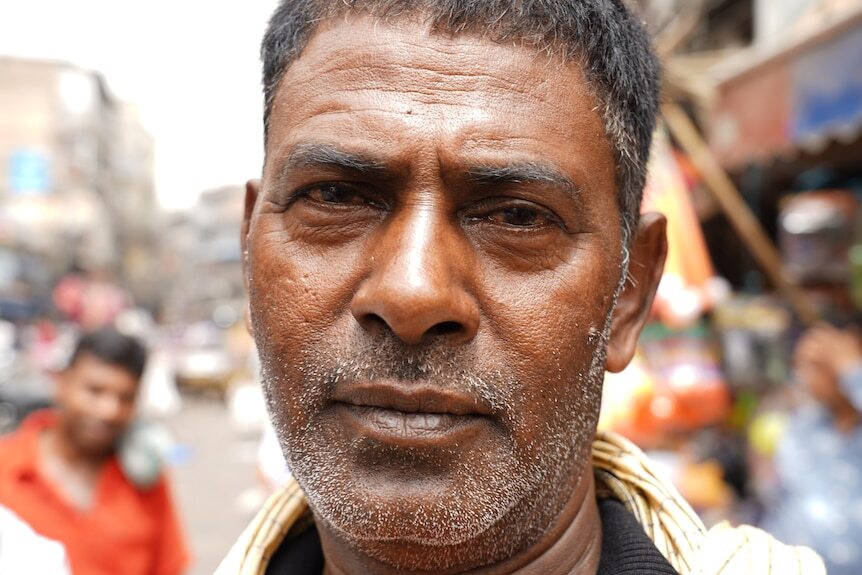
(ABC News: Som Patidar)
Phool Singh works at Delhi’s busiest and biggest wholesale market, Sadar Bazar, carrying heavy boxes from shops to vehicles.
His colleagues told the ABC that Phool could carry up to 60 kilograms on his head, even on hot days.
Phool said he slept on the roof of his workplace to deal with the heat.
“I have to pay for drinking water as well as a bath because there are no facilities available,” he said.

(ABC News: Som Patidar)
Temperatures haven’t been abating overnight.
That led to electricity demand in the country reaching record highs in April, a trend which is expected to continue through May and June.
Coal is India’s main power source, and rising import prices because of the war in Ukraine had already led to a shortage.
That, in combination with the electricity demand, has created a coal crisis for India and power outages in parts of the country.
What can Australia learn from India’s heat?
Climate research has presented a grim future for India.
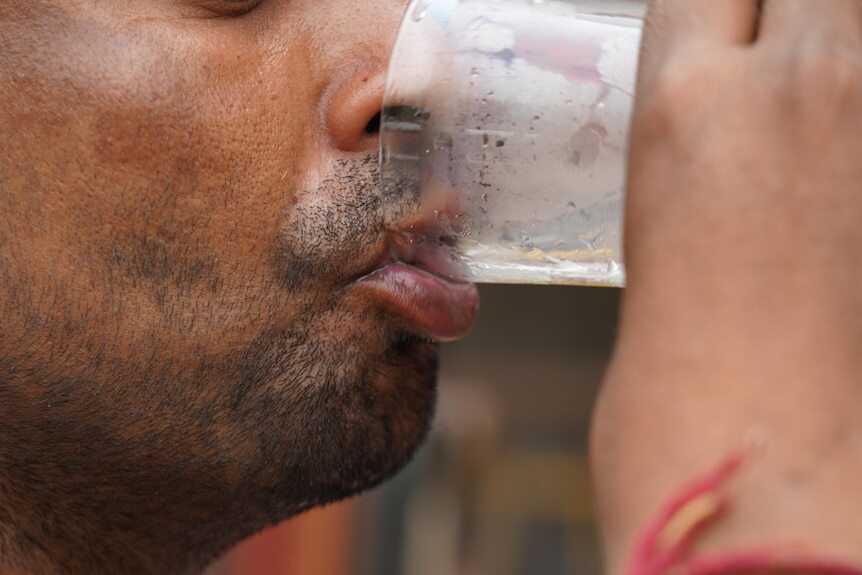
(ABC News: Som Patidar)
The United Nations Intergovernmental Panel on Climate Change (IPCC) has found India will be one of the most vulnerable countries to weather events caused by warming temperatures, including more intense and frequent heatwaves across South Asia.
But many experts say it is no longer predictions that the international community must focus on.
India is living proof that climate change is already having an impact.
The IPCC has warned temperature increases will lead to more heatwaves in Australia as well.
The country recorded its hottest-ever recorded temperature in January when parts of Western Australia surged past 50C.
Professor Mondal said India’s situation should be a warning for the international community.
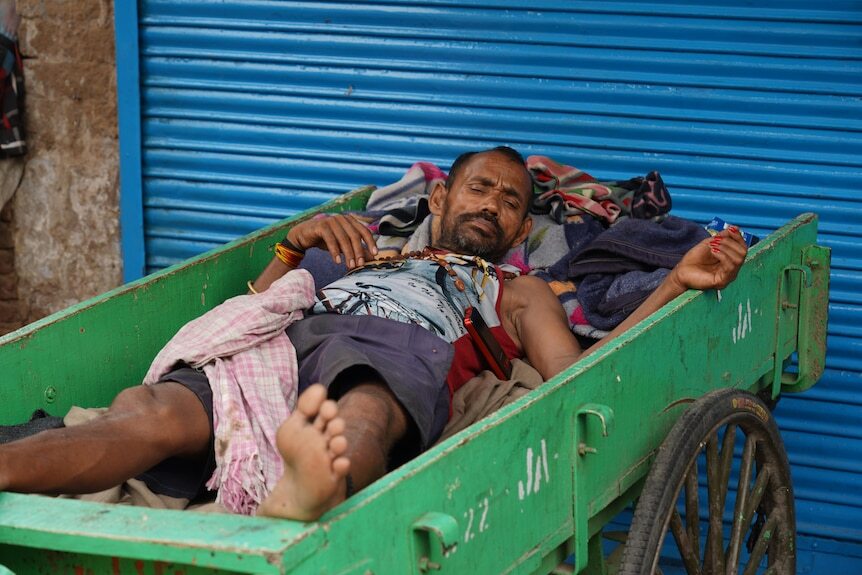
(ABC News: Som Patidar)
“Australia and India in that way are similar … from this episode, what should really come out is a lot of awareness,” she said.
“The heatwave and the devastating nature of it should really put an end to the question of why should anyone be concerned about climate change.”
There’s been a push for India, one of the world’s largest emitters of greenhouse gases, to transition away from coal.
But Professor Mondal said it would be unfair to leave India to deal with the problem alone, without the support of developed countries like Australia.
“We are talking about India [which] has a population of 1.4 billion people, and all the working class — the daily wage workers who are out there in the field dealing with the heatwave directly — have contributed very little to climate change,” she said.
“The onus of reducing emissions is not on India alone.”
Back on the burning landfill pile, Sunita has also called for international action to change her life and that of her children’s.
“I would like to tell people around the world that there should be a solution for all of this.”

(ABC News: Som Patidar)


